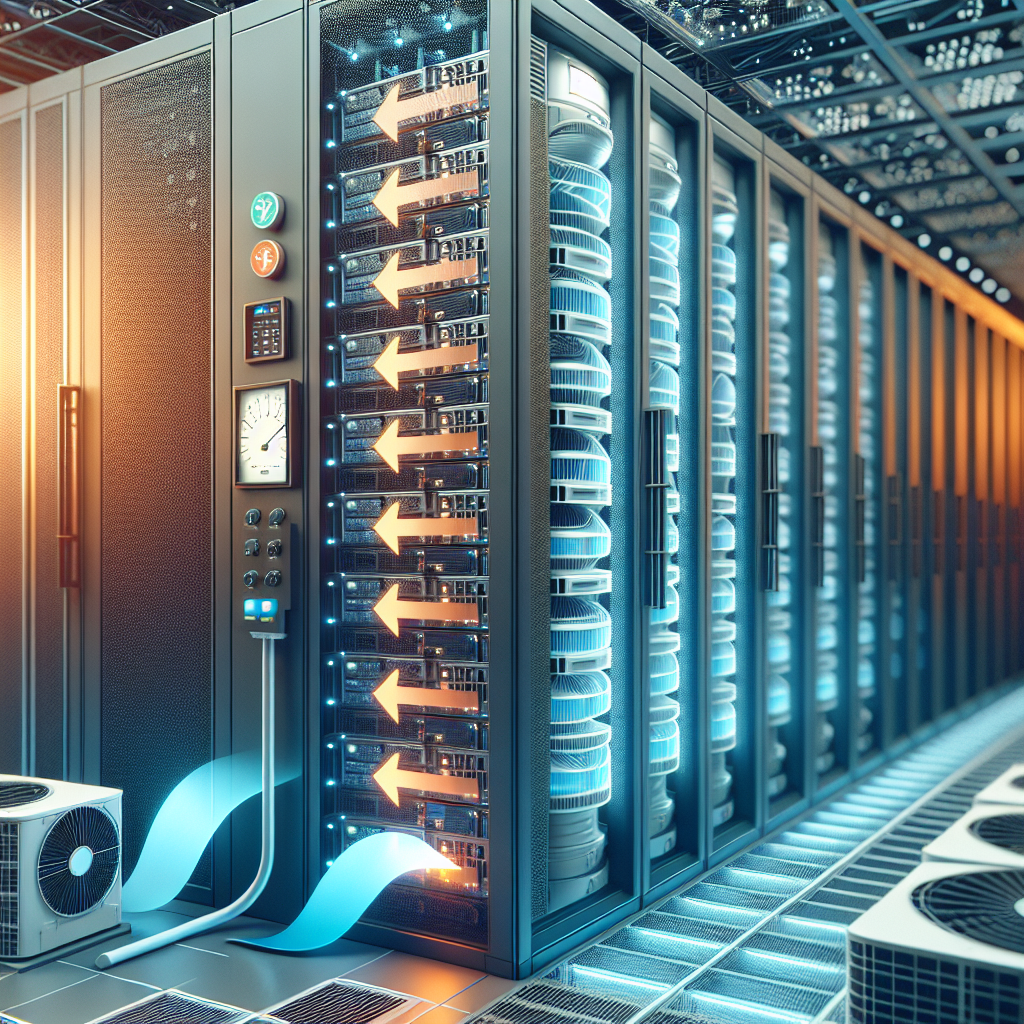Your cart is currently empty!
Maximizing Energy Efficiency in Data Center Cooling and Heating

Data centers are crucial for storing and processing vast amounts of data in today’s digital age. However, they also consume a significant amount of energy to keep the servers running smoothly. One of the biggest energy consumers in data centers is the cooling and heating systems that are necessary to maintain optimal operating temperatures for the servers.
Maximizing energy efficiency in data center cooling and heating is essential to reduce energy costs, minimize environmental impact, and ensure the long-term sustainability of data centers. Here are some strategies that data center operators can implement to improve energy efficiency in cooling and heating systems:
1. Utilize Free Cooling: Free cooling, also known as economizer cooling, is a method that uses outside air to cool the data center instead of relying solely on mechanical cooling systems. By taking advantage of cooler outdoor temperatures, data centers can significantly reduce their energy consumption and operating costs. This can be achieved through the use of air-side or water-side economizers, which can provide free cooling for a significant portion of the year.
2. Optimize Airflow Management: Proper airflow management is crucial for ensuring that cool air is effectively delivered to the servers and hot air is efficiently removed. Implementing hot aisle/cold aisle containment systems, installing blanking panels, and using perforated floor tiles can help optimize airflow and reduce the workload on cooling systems. By maintaining proper airflow, data centers can improve cooling efficiency and reduce energy consumption.
3. Upgrade to High-Efficiency Cooling Systems: Upgrading to high-efficiency cooling systems, such as precision air conditioning units or evaporative cooling systems, can significantly improve energy efficiency in data center cooling. These systems are designed to provide precise temperature and humidity control while consuming less energy compared to traditional cooling systems. Investing in high-efficiency cooling systems can lead to long-term energy savings and improved performance.
4. Implement Temperature Setpoint Adjustments: Adjusting the temperature setpoints in data center cooling systems can help optimize energy usage without compromising server performance. By raising the temperature setpoints slightly, data center operators can reduce the workload on cooling systems and save energy. It is important to monitor server temperatures closely to ensure that adjustments do not impact the overall performance and reliability of the servers.
5. Use Energy-Efficient Heating Systems: In colder climates, data centers may require heating systems to maintain optimal operating temperatures. Using energy-efficient heating systems, such as heat pumps or geothermal heating, can help reduce energy consumption and operating costs. By utilizing renewable energy sources or waste heat recovery systems, data centers can further improve energy efficiency in heating.
In conclusion, maximizing energy efficiency in data center cooling and heating is essential for reducing energy costs, minimizing environmental impact, and ensuring the long-term sustainability of data centers. By implementing strategies such as utilizing free cooling, optimizing airflow management, upgrading to high-efficiency cooling systems, adjusting temperature setpoints, and using energy-efficient heating systems, data center operators can improve energy efficiency and reduce their carbon footprint. Investing in energy-efficient cooling and heating solutions not only benefits the environment but also contributes to cost savings and improved overall performance in data centers.

Leave a Reply